You can trust Cyclingnews
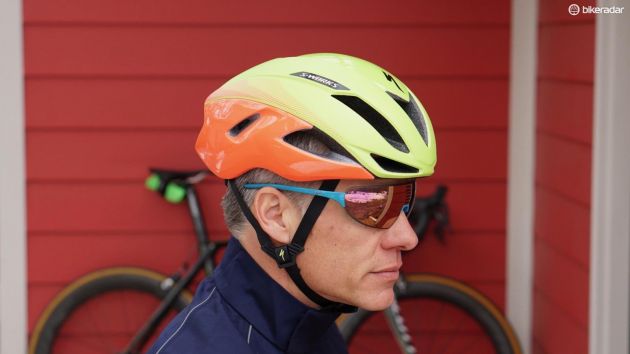
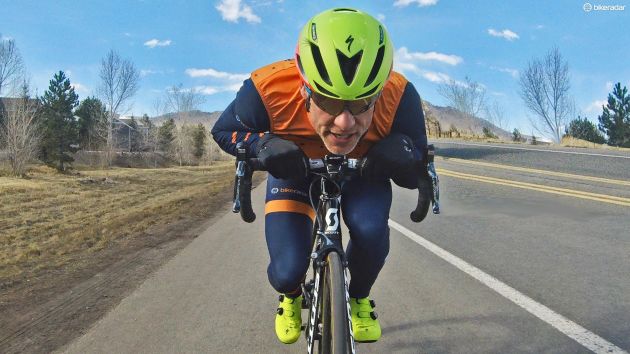
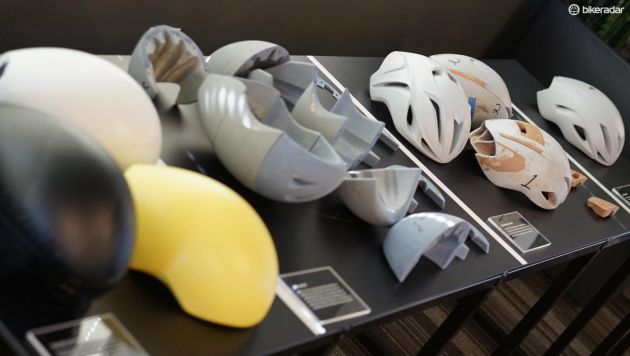
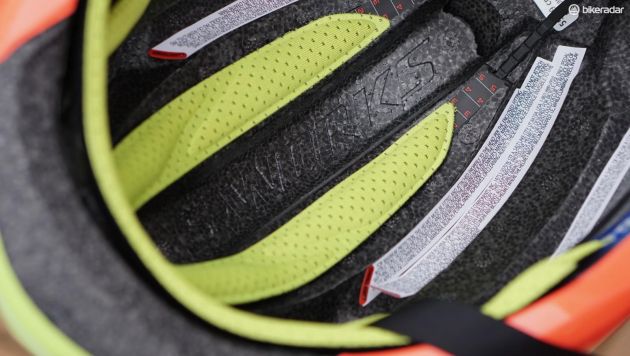
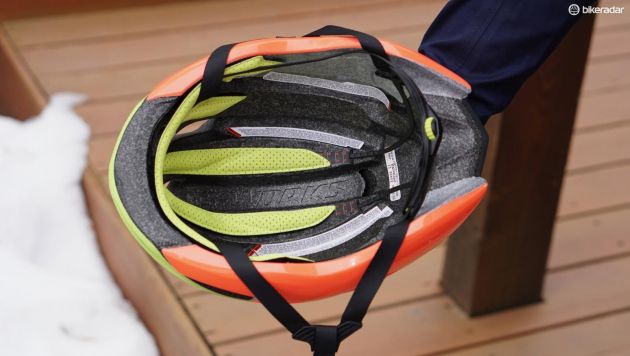
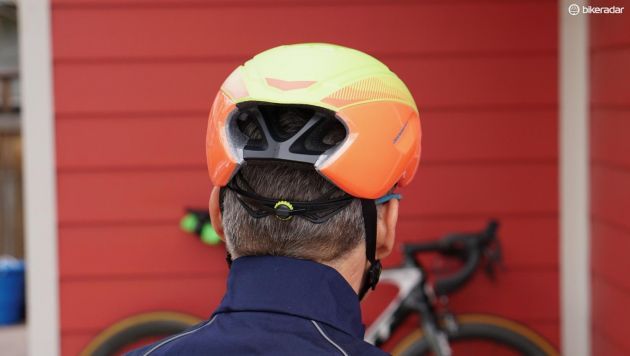
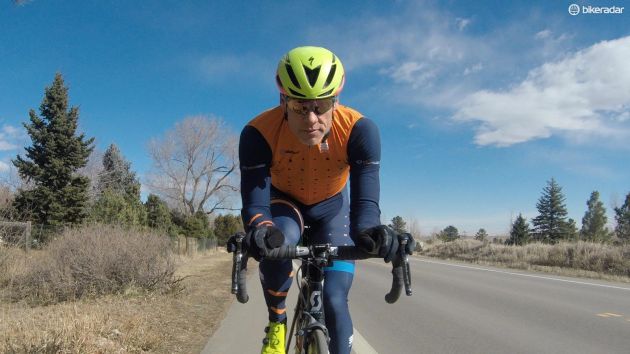
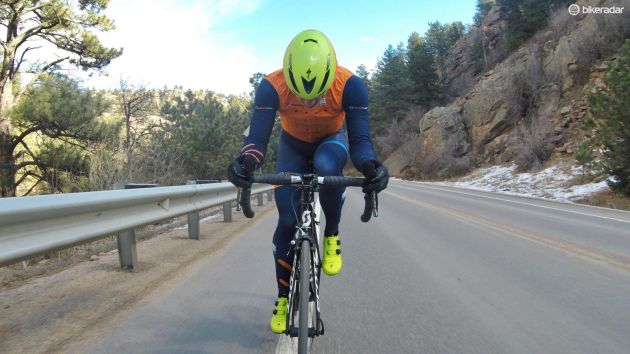
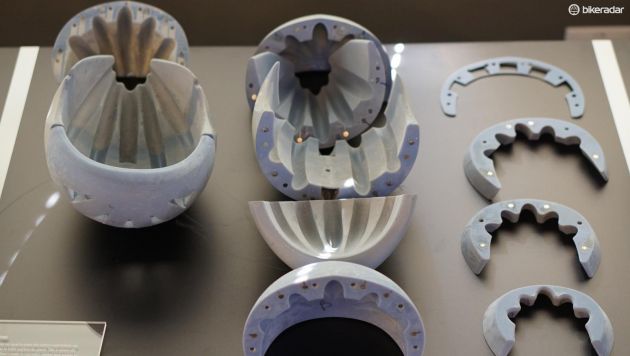
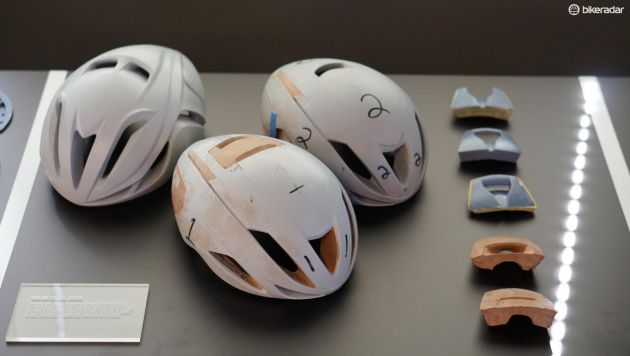
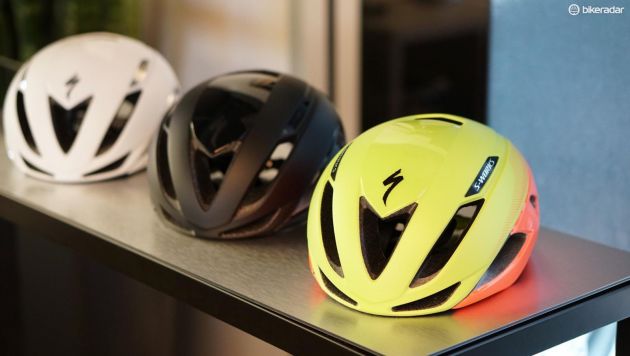
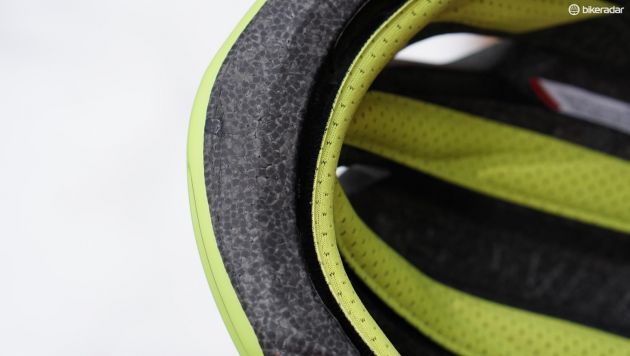
This article originally appeared on BikeRadar
Specialized claims its new Evade II aero road helmet is faster and cooler than the original. I can't quantify either point, but I can say that the helmet is light, very comfortable and offers noticeably more ventilation than its predecessor.
Making a fast helmet is relatively easy (elongated with no vents), but making a fast helmet that is comfortable and well ventilated is — as several designs including the original Evade have shown — something else entirely. Specialized invested half the time in the Evade II's design on ventilation.
Specialized has its own wind tunnel on site in Morgan Hill, California. For this project, engineers tinkered with numerous internal shell pieces to experiment with channeled air flow. They also built a new measurement tool on a head form with 12 heaters and sensors, trying to recreate and measure a human experience inside the helmets.
The end result is a helmet that "cools as effectively as not wearing a helmet at all — when moving at a somewhat reasonable rate of 20mph," said Specialized R&D/Tech Director Chris Yu.

Specialized experimented with a number of channel configurations in the company's in-house wind tunnel in Morgan Hill, California
That's a huge claim, and impossible for me to quantify too. On the road, though, the helmet does feel much more like a normal, well-ventilated road helmet than an aero race lid.
In addition to the wind-tunnel-designed vents and deep, sculpted channels, a big part of the ventilation design is the nearly wide-open back end of the helmet.
"Vents are useless if you don't have anywhere for the air to go," said Yu, a Stanford PhD who has led the company's wind tunnel work on bikes as well as this helmet. "A rule of thumb is that you have to have almost more exit volume than intake volume to effectively cool something. For helmets that is tough, as you want to taper that back end for aerodynamics."
If you subscribe to the 'narrow is aero' philosophy, you might appreciate the relatively slender head-on profile. For me, I just like how it looks from the front, sitting close against the temples. The helmet (size medium shown here) can touch the arms of some sunglasses, as it sits low right in front of the ears.

The Evade II is 1cm shorter than the original, but still has an elongated shape compared to a standard road helmet
Head shapes vary, but I find the internal shape very comfortable for a couple of reasons.
The forehead pad sits a small distance back from the shell, which offers both ventilation and the elimination of a non-malleable piece of foam pressing against your head. With this design, the pad conforms to your head and evenly distributes what little pressure the 287g helmet produces.
The elongated shape is noticeable when riding head down and looking up — you can see the front edge at the top of your vision, similar to some sunglass frames. This is similar to Giro's Vanquish.
The rear retention system is height adjustable and tightens with a small dial.

Giro's latest Vanquish aero helmet has a similar design — and there is ventilation space between the foam and the forehead pad
As with past S-Works helmets, the straps are joined under the ears with flat plastic yokes that aren't adjustable. They are slimmer than the traditional snap closure, and cause the straps to lay flush against your neck. For me, the design works well; it's comfortable and you never have to mess with it.
Specialized added a magnetic buckle that I'm not entirely sold on. It works well enough and is easily operable with one hand, which is a plus if you need to pull a headband off or something while riding. But the weight of the buckle overwhelms the flyweight strap, and for me caused the chin strap to loosen while riding.
The only other questionable point is the absence of a MIPS liner. Many companies have gone all-in with the plastic rotational liner that is claimed to reduce brain trauma in the event of a crash by allowing the skull to pivot slightly within the helmet. For legal reasons, companies can't claim that a MIPS helmet is safer than a non-MIPS helmet. But that of course is the implication, and Specialized does have a few MIPS in its line. As for a MIPS Evade II, Specialized's Yu just said "more info to come soon."

As with other Specialized high-end helmets, the Evade II features a five-step height adjustment, non-adjustable strap connectors under the ear, and anti-microbial pads
Another thing other helmet brands are doing on aero road helmets is integrating sunglass shields or visors. Yu said Specialized experimented quite a bit and found that "the juice wasn’t worth the squeeze."
"We never found a case when it was faster than glasses," Yu said. "Further, you would have to compromise on shaping elsewhere. We have found with other helmets we benchmark, that shields are the same as glasses."
Speaking of sunglasses, the Evade II doesn't have the same handy sunglass-arm ports that the Prevail and the Airnet do. You can still stick the arms into the vents, but the Evade II doesn't have the same rubber grippers to keep the glasses secure.

Vents are useless if you don't have anywhere for the air to go says Specialized R&D/Tech Director Chris Yu. Thus, the back end of the helmet is basically wide open
Bottom line: An airy, aero helmet that fits well
After a few rides in Colorado, I can say I like the look and feel of the Evade II. This particular color scheme might not be everyone's favorite, but there are black and white options, too.
The substantial channeling works well to move air across the head, and the suspended pad design across the forehead makes for a very comfortable fit.
I will update this to a full review with a score after a few more rides in this and other new aero helmets, such as the Giro Vanquish.

I like how the helmet is relatively narrow
Specification
- Name: S-Works Evade II
- Built by: Specialized
- Price: £200.00 / US$250.00 / AU$ N/A
- Helmet Bag Included: Yes